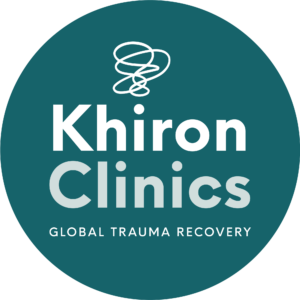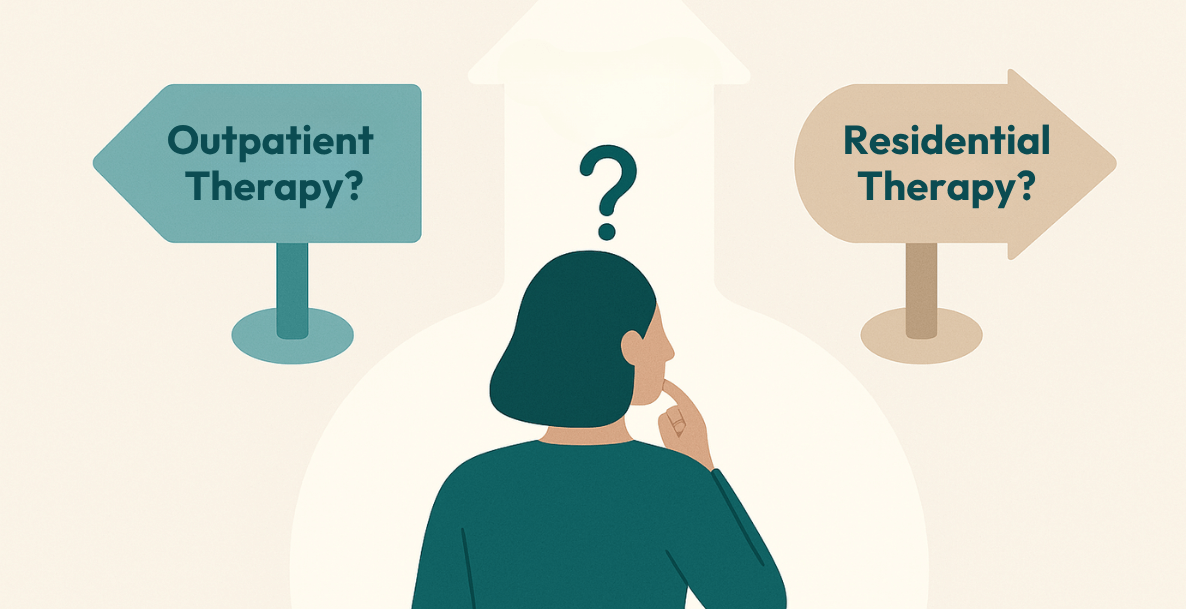Dance is an art form that has existed for thousands of years. Recently, it has been rediscovered as a way to heal trauma, allowing people to express themselves without words.
Trauma and the Body
Trauma does not just exist in the brain – it affects the body, too. During a traumatic event, the body primarily reacts in one of three ways:
- Fight – when the body believes it can overpower the threat, it will get ready to fight. The brain then sends signals to the body that prepare it for physical conflict.
- Flight – if the body thinks it can avoid the threat by running, a surge of hormones such as adrenaline floods the body, preparing it to flee.
- Freeze – when the threat is overwhelming, the body may freeze or play dead in the hope the threat will pass them by.
People can stay trapped in the freeze response even after the danger has passed. In this instance, the body holds onto unexpelled energy, which can lead to somatic symptoms of trauma, such as unexplainable aches and pains, headaches, and nausea.
Along with physical symptoms, many trauma survivors struggle with interoception – the ability to identify what is happening within the body. They may have trouble identifying sensations within them, such as pain or hunger cues, and may feel disconnected from their bodies. Trauma can also cause alexithymia – the inability to name and identify emotions. Instead of feeling angry, they may feel physical sensations, such as stomach pain.
Somatic therapies can help people to become more attuned to their emotions and can assist them with reconnecting their bodies and minds.
How Dance Can Help
Somatic experiencing has been proven to aid in trauma reduction. Practices and therapies that involve the body, such as yoga, are often used to help people with post-traumatic stress disorder (PTSD) reconnect with their bodies and strengthen the mind-body connection.
Dance is another body-based therapy that can strengthen this connection and help people to reintegrate traumatic experiences. Also known as dance/movement therapy (DMT), it helps promote emotional, social, and physical integration.
DMT is classed as a creative therapy, along with drama therapy, art therapy, and music therapy. All forms of creative therapies provide alternative avenues to traditional talk therapy, helping people to express themselves non-verbally and explore new ways to look at themselves or situations.
DMT helps people to:
- Track bodily sensations and breath
- Explore the connection between movement and emotions
- Process feelings evoked by movement
While primarily body-based, speaking can be incorporated into DMT, which can help those who want to talk about their emotions or experiences. Dance therapists may also mirror a person’s actions, which can help to build a sense of connection and empathy between therapists and clients.
There are many types of dance that people may utilise in dance therapy. For example, free-flowing dance may be used, with no dedicated choreographed movements. A recent study found that this dance form improved mental health among people with a history of trauma, anxiety, and depression.[1]
Synchronised dance may also be used during DMT. This form of dance is done in a group and can foster a sense of connection between groups of people and encourage the development of friendships.[2] Synchronising with others can release endorphins – mood-boosting hormones that can boost mental health.
The Benefits of Dance Therapy
Many treatment modalities focus on behaviours, but dance and movement therapy uses body-based strategies to facilitate greater healing. DMT can also:
- Increase self-awareness – building self-awareness can help people feel more connected to physical signals of pain or hunger.
- Promote calm – dance is rhythmic and can help to regulate the nervous system and promote a sense of calm.
- Develop coping skills – DMT can help build coping skills people can turn to in difficult moments. They can use their understanding of movement and their body to learn their triggers and practise techniques to calm themselves.
It can be intensely distressing for people to relive traumatic experiences. Dance therapy helps people heal without needing to talk in-depth about their experiences unlike some traditional forms of treatment.
Along with this, dance comes with many other mental and physical health benefits, including:
- Improved self-esteem
- Lowered anxiety
- Elevated pain threshold
- Improved lung capacity
- Better coordination
- Better posture
There can be limitations to dance therapy, especially for those with a history of trauma. For example, some people may not feel safe enough to engage in dance and movement, especially with others. However, working slowly and starting other body-based treatment modalities, such as yoga, can help people build a sense of safety and allow people to utilise DMT as a form of healing.
Dance and movement therapy is an excellent tool in trauma recovery. It can be used in conjunction with other forms of therapy such as internal family systems therapy, mindfulness, psychoeducation, and family therapy to create a personalised therapeutic approach and facilitate healing from traumatic memories and experiences.
If you have a client or know of someone struggling with anything you have read in this blog, reach out to us at Khiron Clinics. We believe that we can improve therapeutic outcomes and avoid misdiagnosis by providing an effective residential program and outpatient therapies addressing underlying psychological trauma. Allow us to help you find the path to realistic, long-lasting recovery. For more information, call us today. UK: 020 3811 2575 (24 hours). USA: (866) 801 6184 (24 hours).
Sources:
[1] Laird KT, Vergeer I, Hennelly SE, Siddarth P. Conscious dance: Perceived benefits and psychological well-being of participants. Complementary Therapies in Clinical Practice. 2021;44.
[2] Tarr B, Launay J, Cohen E, Dunbar R. Synchrony and exertion during dance independently raise pain threshold and encourage social bonding. Biol Lett. 2015;11(10):20150767. doi:10.1098/rsbl.2015.0767






